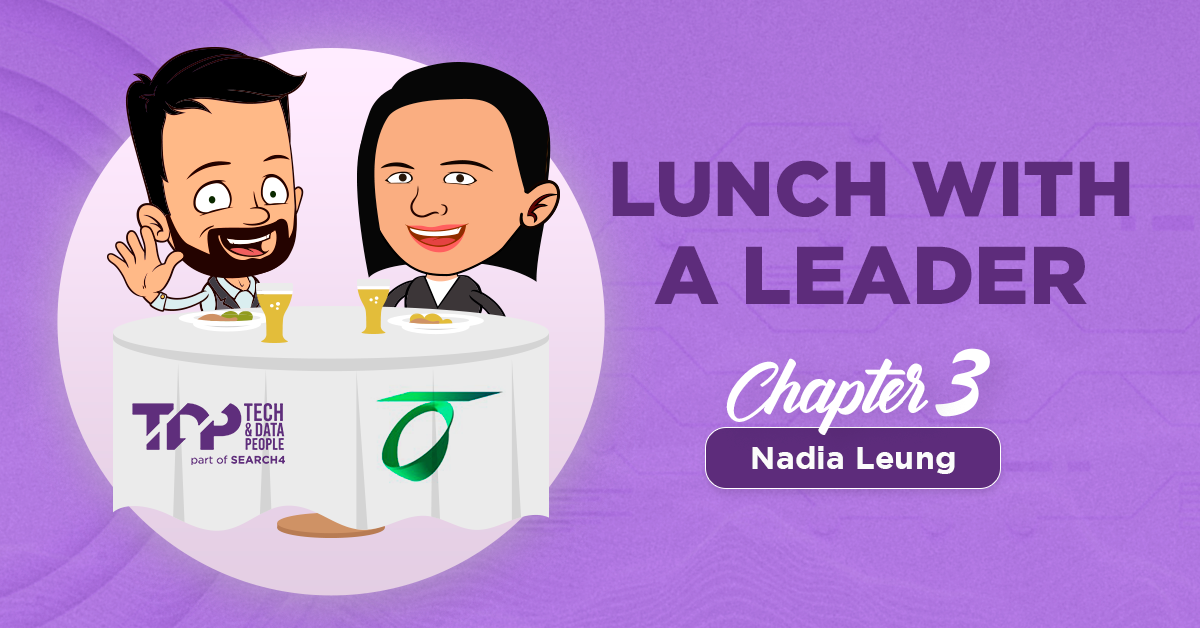Blogs
Maximising Recruitment ROI With Data Analytics

We know a thing or two about hiring and have seen first-hand just how costly and time-consuming it can be if not done correctly. This is where data analytics comes into play, offering a powerful tool to optimise your recruitment strategies and maximise your return on investment (ROI).
But, what is recruitment ROI?
Recruitment ROI is a measure of the efficiency and effectiveness of your hiring process. Put simply, it’s how well your hiring process works and how much value it brings to your business. It considers the costs associated with recruiting, such as advertising, agency fees, and time spent, against the benefits, like the quality of hires and their impact on your organisation.
A high recruitment ROI indicates a cost-effective and successful hiring strategy.
The role of data analytics in recruitment
Data analytics can transform your recruitment process by providing actionable insights and enabling data-driven decision-making. Here are some ways data analytics can enhance recruitment ROI:
- Improving candidate sourcing: Data analytics helps identify the most effective channels for sourcing candidates, allowing you to allocate your budget more efficiently. By analysing past recruitment data, you can determine which platforms or providers yield the best candidates and focus your efforts there.
- Enhancing screening and selection: With data-driven tools, you can streamline the screening process by using algorithms to match candidates’ skills and experiences with job requirements. This reduces the time spent on manual screening and increases the likelihood of finding the right fit. Ethics consideration: while these tools increase efficiency, it's crucial to address potential biases in algorithms. If not carefully designed and monitored, these algorithms may unintentionally discriminate against certain groups, leading to unfair hiring practices. Ensuring transparency and fairness in how these tools are applied is essential to maintaining an ethical recruitment process.
- Reducing time-to-hire: Identify and address bottlenecks in your recruitment process to reduce time-to-hire. Faster hiring cuts costs and helps ensure that top talent is not lost to competitors.
- Predicting candidate success: Predictive analytics can assess the potential success of candidates based on historical data. By analysing factors such as previous job performance and cultural fit, you can make more informed hiring decisions that lead to higher retention rates and better overall performance.
- Measuring recruitment metrics: Key metrics such as cost-per-hire, time-to-fill, and quality-of-hire can be tracked and analysed to continuously improve your recruitment strategy. Data analytics provides a clear picture of what works and what doesn’t, allowing for ongoing optimisation.
Key metrics to track
To effectively leverage data analytics in recruitment, it’s essential to track the right metrics. Here are some key metrics to consider:
- Cost-per-hire: total cost involved in hiring a new employee
- Time-to-fill: average time it takes to fill a vacant position
- Quality-of-hire: performance and retention rate of new hires
- Source of hire: effectiveness of different recruitment channels
- Candidate experience: feedback from candidates about their recruitment experience.
Data analytics is shaking up all industries; the recruitment landscape is no different. Deeper insights = strategic decision-making. By leveraging data, you can optimise your recruitment process, reduce costs, and ultimately achieve a higher ROI.
At Tech and Data People, we understand the importance of data-driven recruitment. Check out our latest Salary Guide and Insights Report here - designed to help hiring managers make informed decisions and attract top talent.











